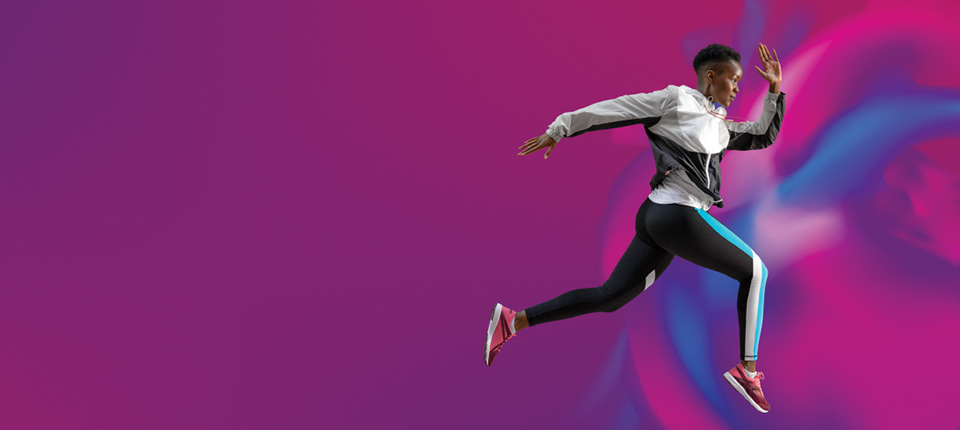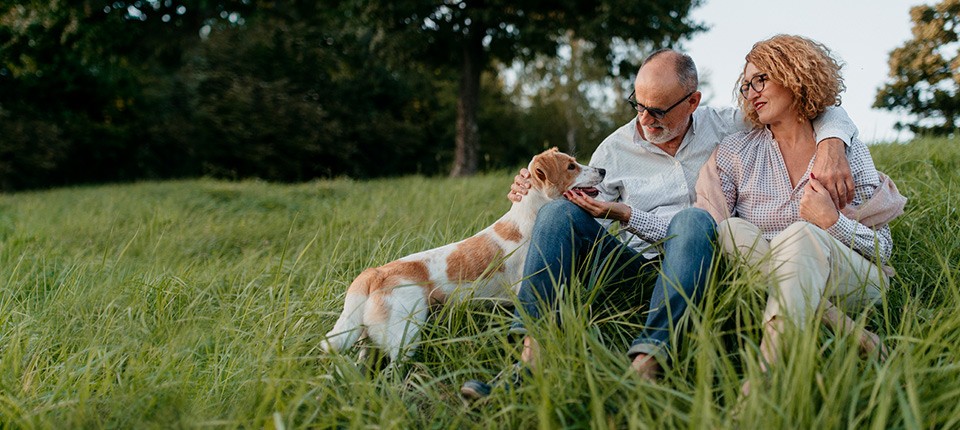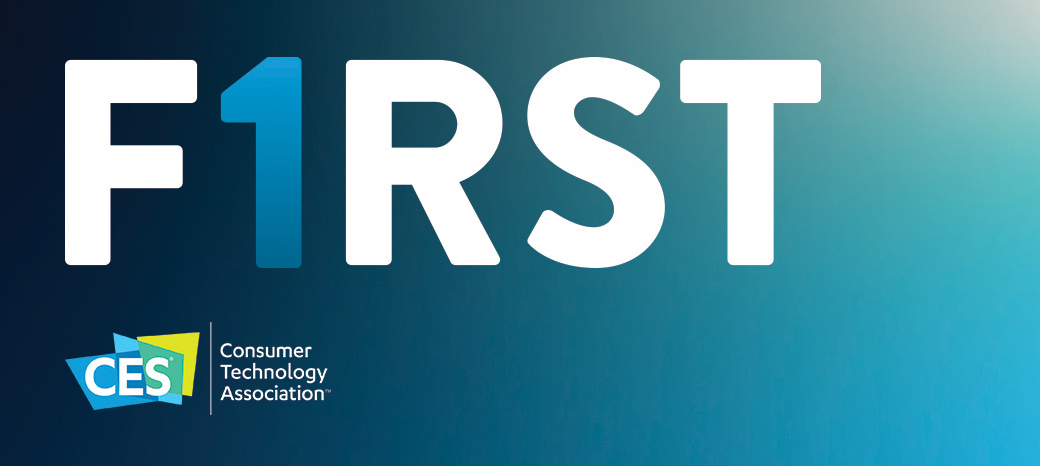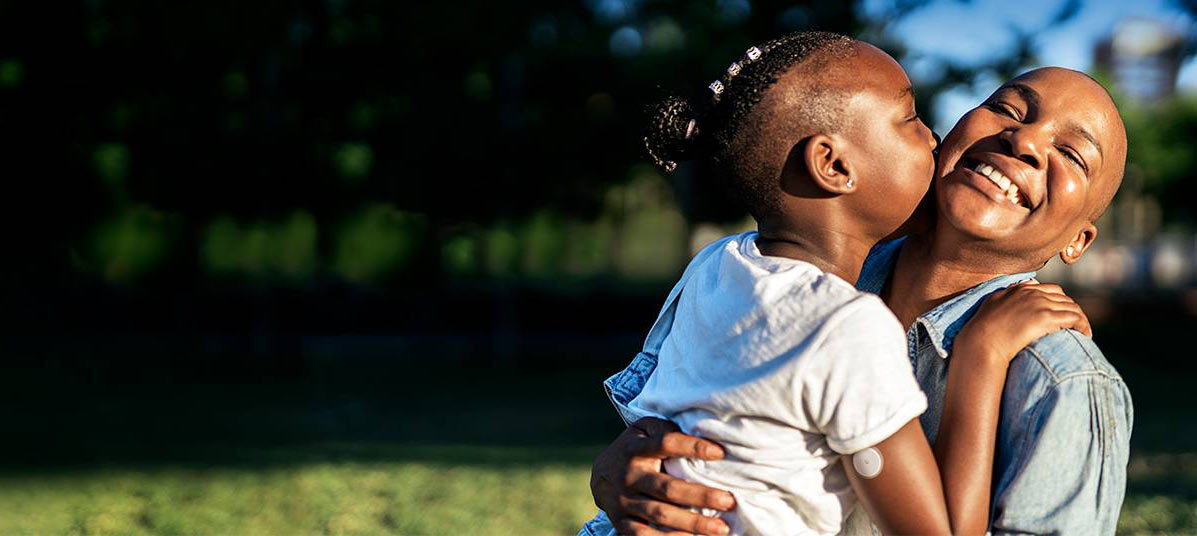Differing Virtual Realities: Active vs. Passive
Take Moat's example of the Denmark-to-Saudi Arabia connection. In it, our expert can see what the doctor on-site is seeing and talk directly with them. The connection, while remote, is real and live in this world.
Those exact kinds of encounters also can happen in the virtual world.
And when they do, they can take on varying degrees of engagement from something that's more passive — where you're more of a fly on the wall observing — to something else that's just … more.
Chris McGlone has returned to explain. First, passive VR with 360-degree video.
"Placing a 360 camera in the procedure room and having the operating physician speak to the camera during the procedure creates a realistic experience.
"The trainee physician, wearing VR goggles, watches the 360 video and feels like they're there, in the procedure. You can see and hear the operating physician speaking to you, you can look around the room, watch the monitor, watch the operator's hands. You're basically in the room.
"But it's a passive experience in the sense that you're not influencing the environment at all."
Right. Passive in the sense that you're watching but not engaging. Certainly that's an upgrade over watching a traditional training video on a flat screen. Now contrast that with active VR. Here's McGlone again:
"In our active virtual cath lab, we simulate the bed, the walls, everything. You walk into and around that virtual environment as if it's real.
"OCT (optical coherence tomography) is controlled by a joystick, which in the real world is attached to the patient table. As you approach the virtual table you look down and see the joystick. As you reach out to grab the virtual joystick, your physical hand in the real world feels a joystick that is placed in front of you.
"You can scroll right, left, and toggle that joystick, and as you look up you see that you're controlling the software in the virtual environment.
"You can practice making clinical decisions in this virtual environment — 'How long of a stent do I need here?' — and in the virtual world apply those decisions and see the result.
"That's active."
Similar to flying a drone through a headset: You have that memory of flying without having ever left the ground.
"You leave the VR experience with actual human memory of having been somewhere vs. having simply watched a presentation," McGlone said. "That knowledge retention is higher and the speed to competency is much faster."











FOLLOW ABBOTT